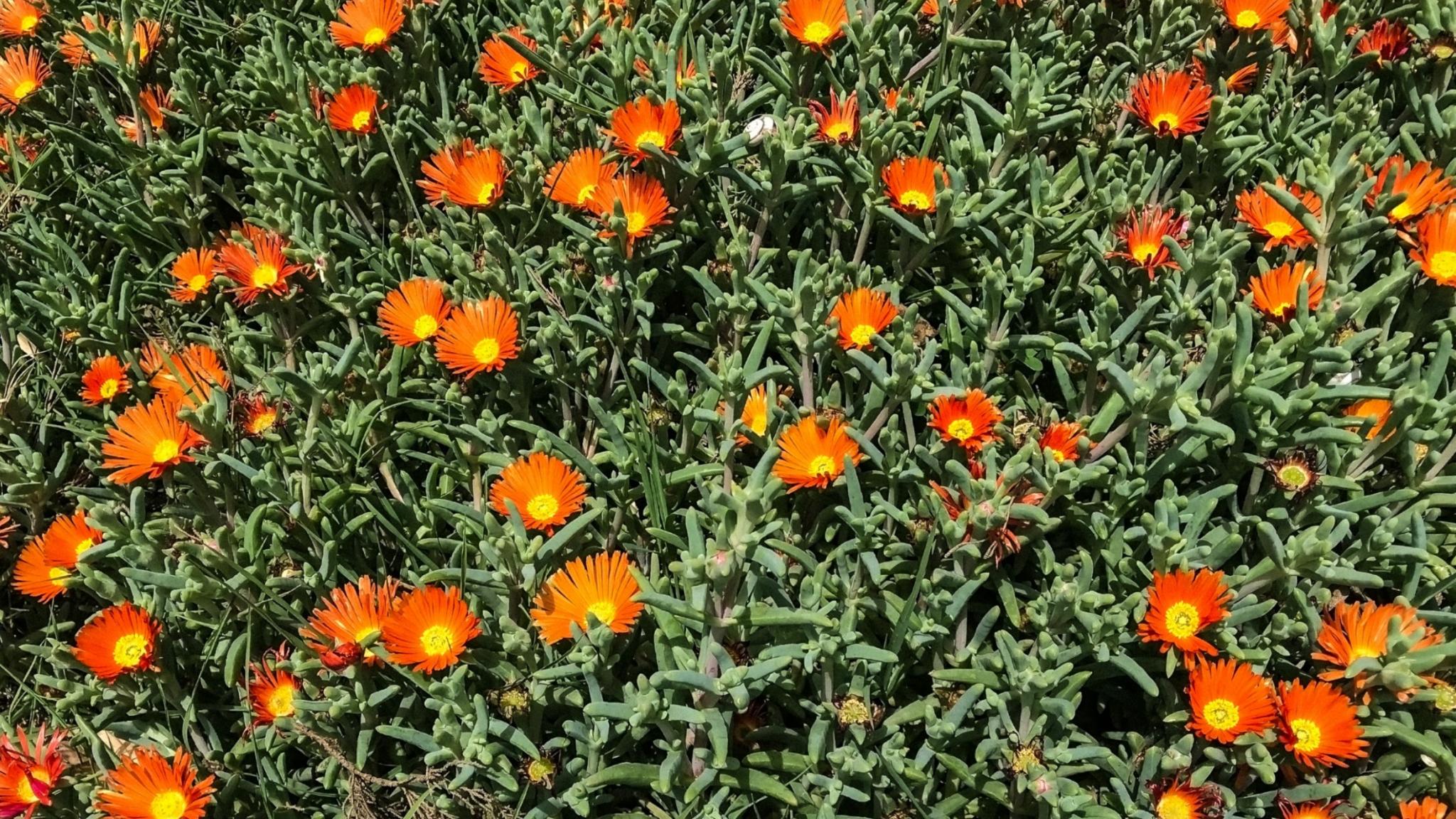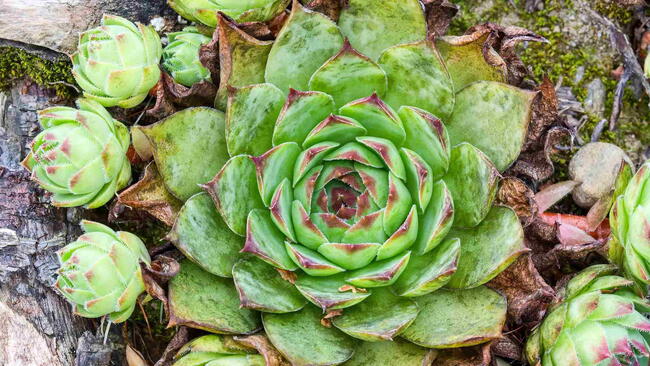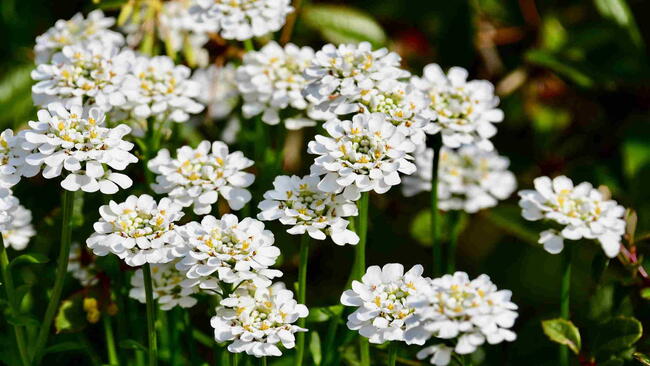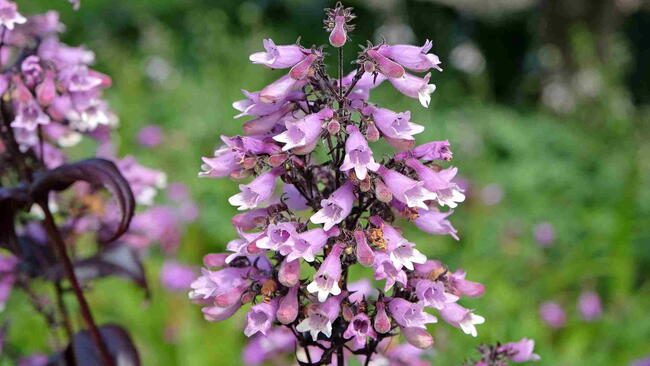
Photo Credit
Monika Valachovic
Subhead
Add bold color and low-maintenance charm with these sun-loving succulents
Read Next
Types
- Cooper’s Hardy Ice Plant (Delosperma cooperi) is a magenta blooming standout with bright golden centers. An excellent mat-forming groundcover that reaches about 3 to 6 inches high.
- ‘Alan’s Apricot’ (Delosperma hybrid) shows off delicately apricot-colored blooms on 2-inch-high plants. It tolerates colder temperatures and may survive in USDA Zone 5.
- Orange Ice Plant (Lampranthus aurantiacus) can be a giant for ice plants, reaching over a foot tall and spreading as much as 4 to 5 feet. Bright orange flowers are more upright than other ice plants, and they are hardy in USDA Zones 9 to 11.
- ’Fire Spinner’ (Delosperma hybrid ) has pink, red, and orange rings on each of many blooms. A stunner in mass plantings, it is hardy in USDA Zones 5 to 9.











Comments